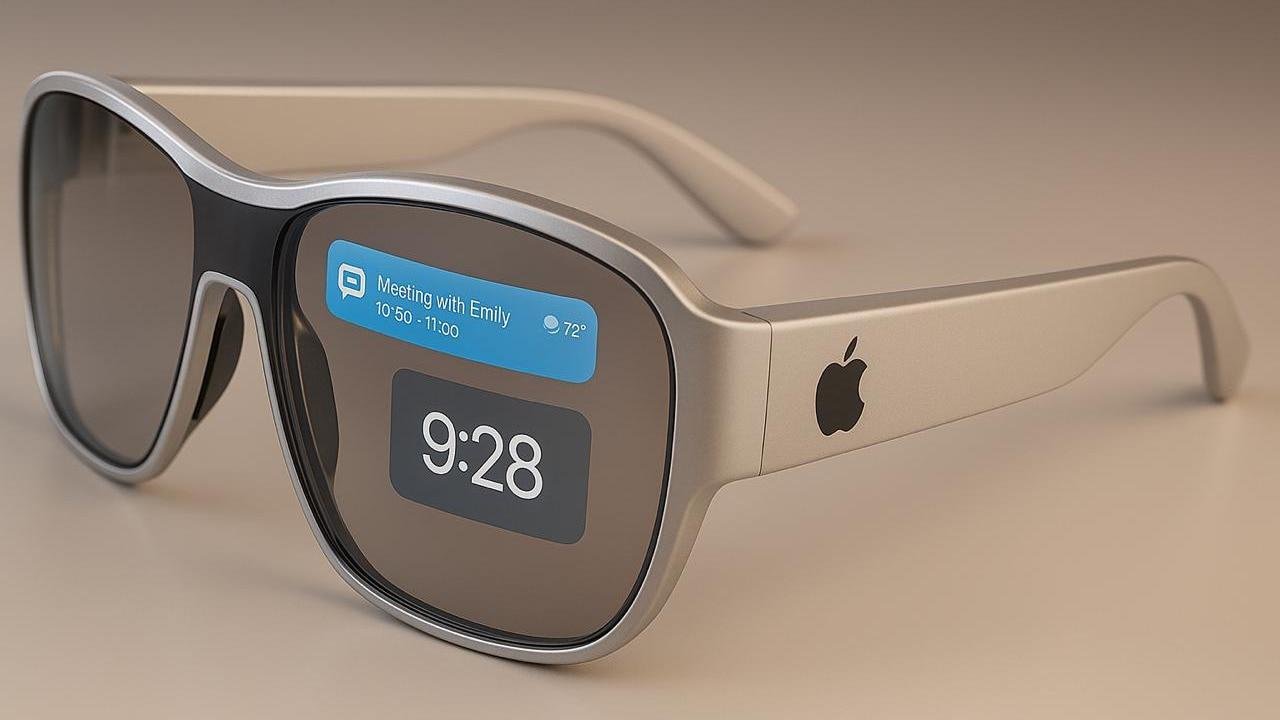Apple’s rumored smart glasses pivot to audio-only interaction, mirroring Meta’s Ray-Ban collaboration. Explore the technical roadblocks, market challenges, and Apple’s hidden bets in the race to redefine wearable tech.
Posted At: 4月 28, 2025 - 557 Views

1. From AR Ambitions to Reality’s Gravity
Renowned Apple analyst Mark Gurman has reignited speculation about Apple’s smart glasses, revealing they’ll launch without visual displays—opting instead for audio-based interaction, akin to Meta’s Ray-Ban collaboration. This pivot signals a stark retreat from Apple’s original vision of holographic AR glasses, exposing the harsh technical realities of consumer-grade augmented reality.
“Apple’s compromise highlights the core dilemma of AR wearables: balancing display performance with ergonomics and battery life.”
— 2025 Wearable Tech Whitepaper
2. Why Apple is Following Meta’s Playbook
Meta’s Ray-Ban partnership has proven the viability of “stealth tech” wearables:
Scenario Optimization: Audio navigation and noise-canceling calls align better with outdoor mobility.
Social Acceptance: Classic eyewear designs avoid the “tech-geek” stigma.
Cost Efficiency: Removing displays boosted production yields by 37% (IDC Q1 2025).
Yet this approach sidelines Apple’s original AR battlefield: immersive visual overlays.
3. Four Roadblocks Shackling Apple’s AR Dreams
A. Optical Overheating
Micro-display modules still generate 230% more heat than safety standards allow, risking uncomfortable 113°F (45°C) temple temperatures.
B. Battery Life Paradox
Lab tests show AR displays require 35g battery packs for 8-hour use—double the ergonomic comfort threshold.
C. Interaction Fragmentation
Voice commands fail 38% of the time in noisy environments, while gesture-tracking error rates hit 19% (Stanford HCI Lab, 2025).
D. Regulatory Landmines
The EU’s proposed AR Privacy Act could ban facial recognition and limit data collection via wearables.
4. Apple’s Secret Weapons: Bridging the Tech Gap
Modular Computing: Offloading AR processing to iPhones, reducing glasses to sensor hubs.
Neural Interface Gambit: Apple’s acquisition of AI biosensor firm Xnor hints at subdermal nerve-signal decoding.
Material Science Leap: Third-gen Corning diffraction waveguides cut lens weight by 60%.
5. When Will Consumer AR Hit Its Tipping Point?
Industry analysts agree: True AR adoption requires a trifecta—
Sub-300g weight
6-hour active AR runtime
200-degree field of view
MIT’s Tech Maturity Index predicts this milestone will arrive between 2028–2030.
“Today’s compromise avoids repeating Google Glass’s mistakes. Apple is waiting for tech, regulation, and user readiness to align.”
— Mark Gurman
